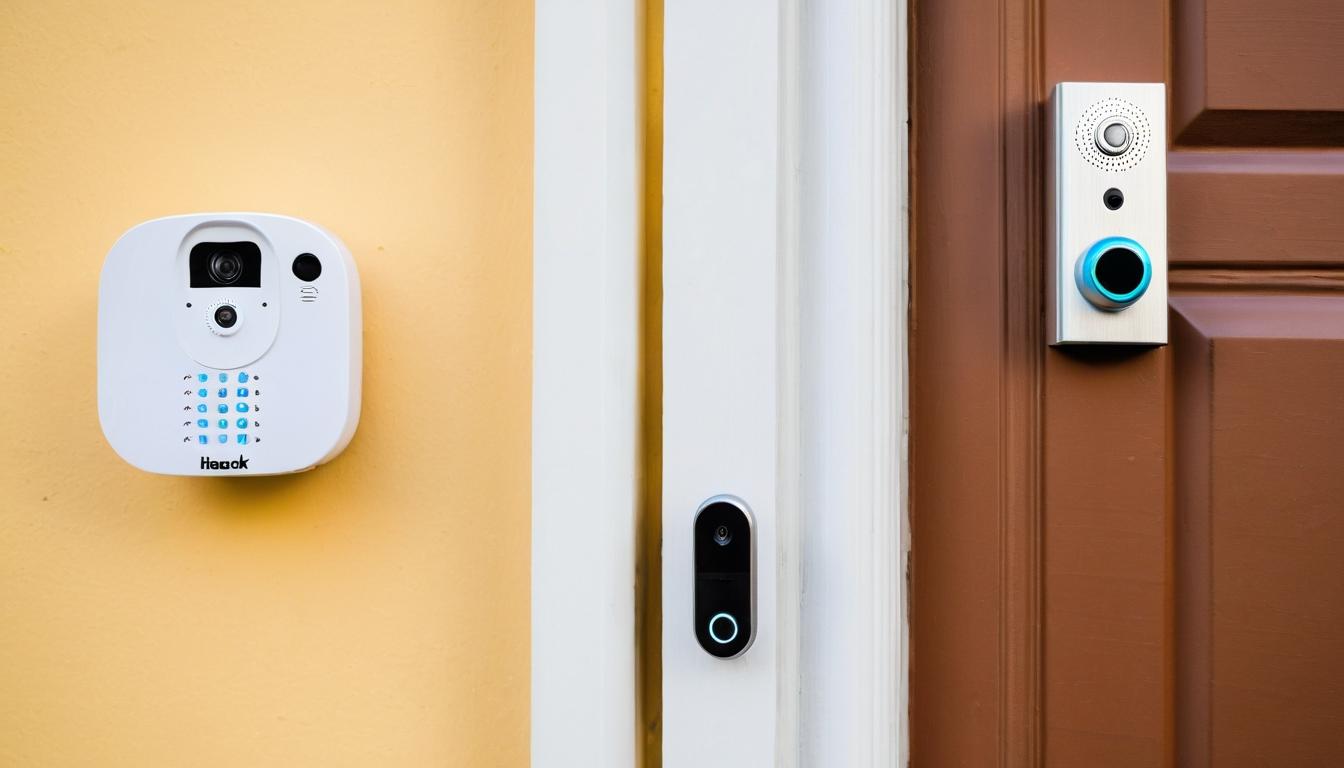The sleek, minimalist security camera sits innocently on your bookshelf, its blue light blinking rhythmically. It promises peace of mind, but behind that polished exterior lies a web of vulnerabilities that could be putting your family at risk more than protecting them. As homes become smarter, the attack surface for potential intruders—both digital and physical—expands exponentially.
Most homeowners never consider that their Wi-Fi-enabled doorbell might be the weakest link in their security chain. These devices often come with default passwords that are easily guessable, outdated firmware that manufacturers rarely update, and data collection practices that would make privacy advocates shudder. The very technology designed to keep you safe could be broadcasting your daily routines to anyone with basic hacking skills.
Children's rooms have become ground zero for security oversights. Parents install baby monitors and smart toys without realizing these devices often lack basic encryption. There have been documented cases of strangers talking to children through compromised monitors—a modern-day nightmare made possible by convenience-driven design. The rush to market often means security becomes an afterthought rather than a foundation.
Neighborhood watch programs have taken on a digital dimension, but at what cost? Community security apps and Ring-style networks create detailed maps of movement patterns, yet few participants realize they're essentially building a surveillance database that could be accessed by anyone from marketing firms to malicious actors. The line between collective security and collective vulnerability has never been thinner.
Senior citizens face unique security challenges that most modern systems ignore. Complicated apps, tiny buttons, and confusing interfaces leave older adults vulnerable despite having the technology. Scammers specifically target this demographic through smart home devices, knowing they're less likely to recognize digital threats. The security industry's youth-focused approach has created dangerous gaps in protection.
Vacation routines have become security theater. We post about trips on social media while relying on smart lights to simulate occupancy, but sophisticated burglars now use Wi-Fi scanning tools to identify which homes actually have people in them. The pattern of device usage tells a clearer story than any timed light sequence ever could.
Insurance companies are beginning to take notice. Some now offer discounts for smart home security systems, but others are raising premiums for homes with certain connected devices—they've calculated the risk of digital breaches outweighs the benefits of physical prevention. This shifting landscape means homeowners need to think twice before assuming technology always equals better protection.
The solution isn't abandoning smart security, but approaching it with healthy skepticism. Demand transparency from manufacturers about data practices. Regularly update firmware. Use complex, unique passwords for every device. And sometimes—the oldest security measure remains the best: getting to know your actual neighbors rather than relying solely on digital ones.
The hidden risks of smart home security: what manufacturers don't tell you




